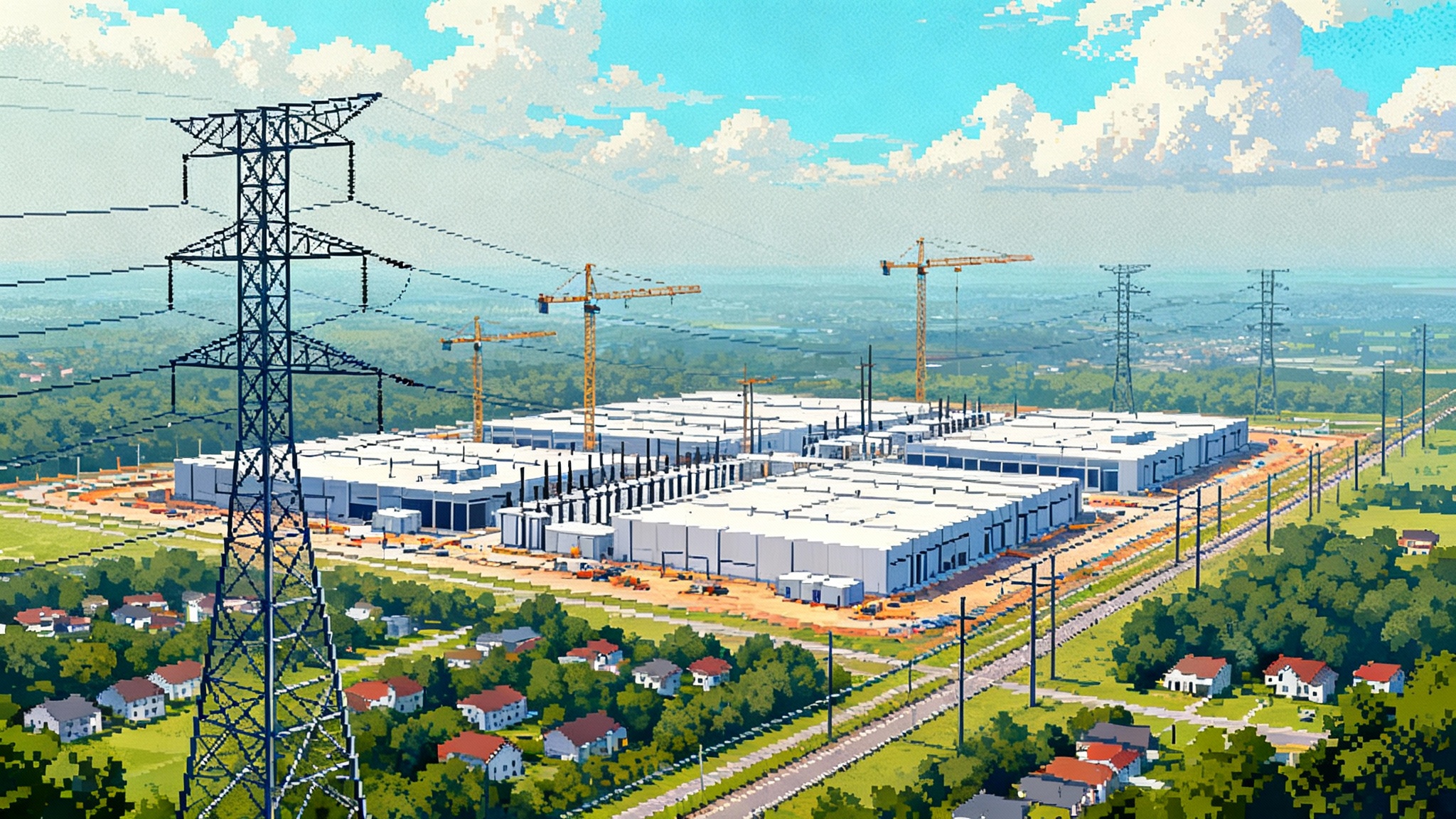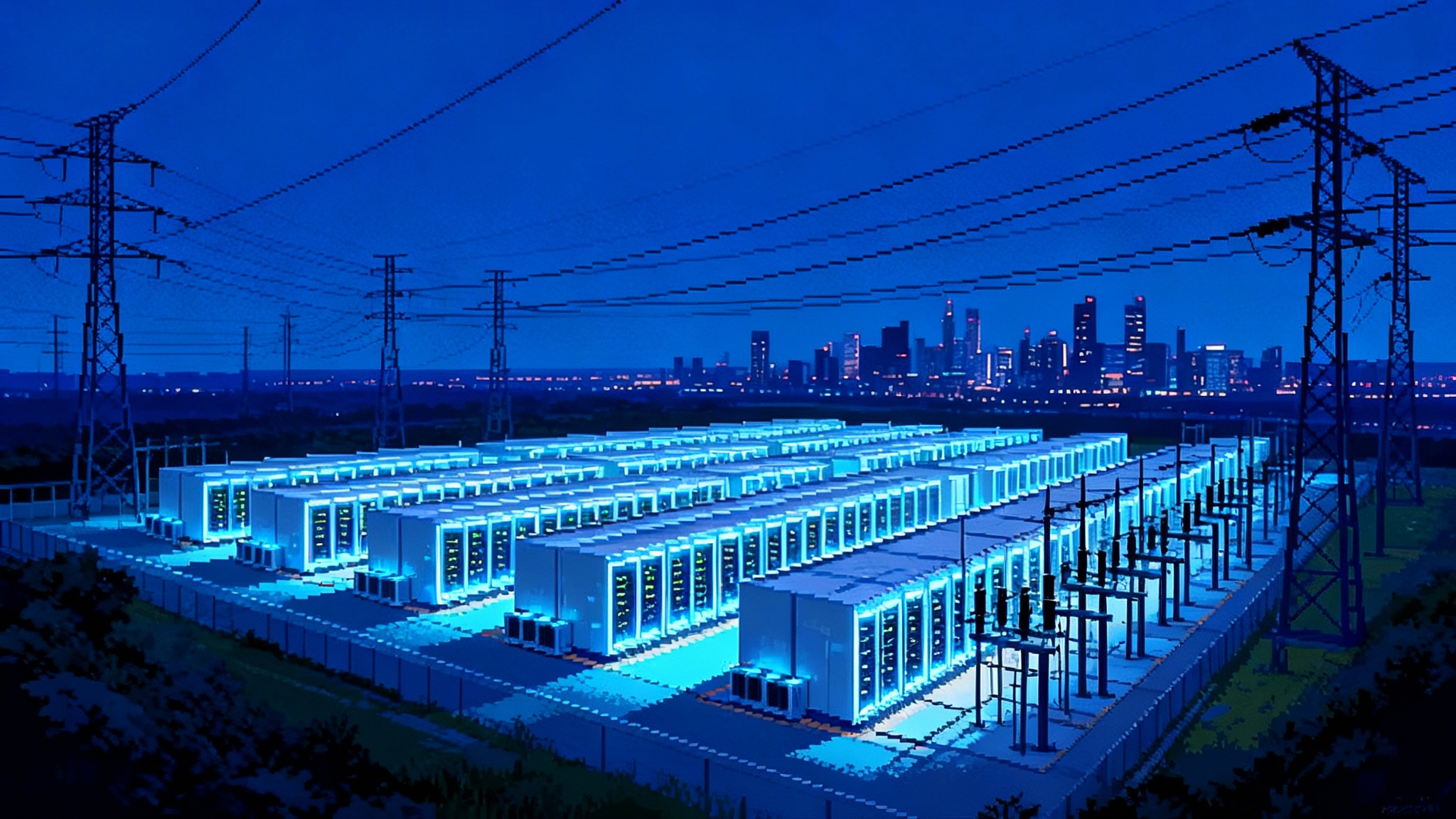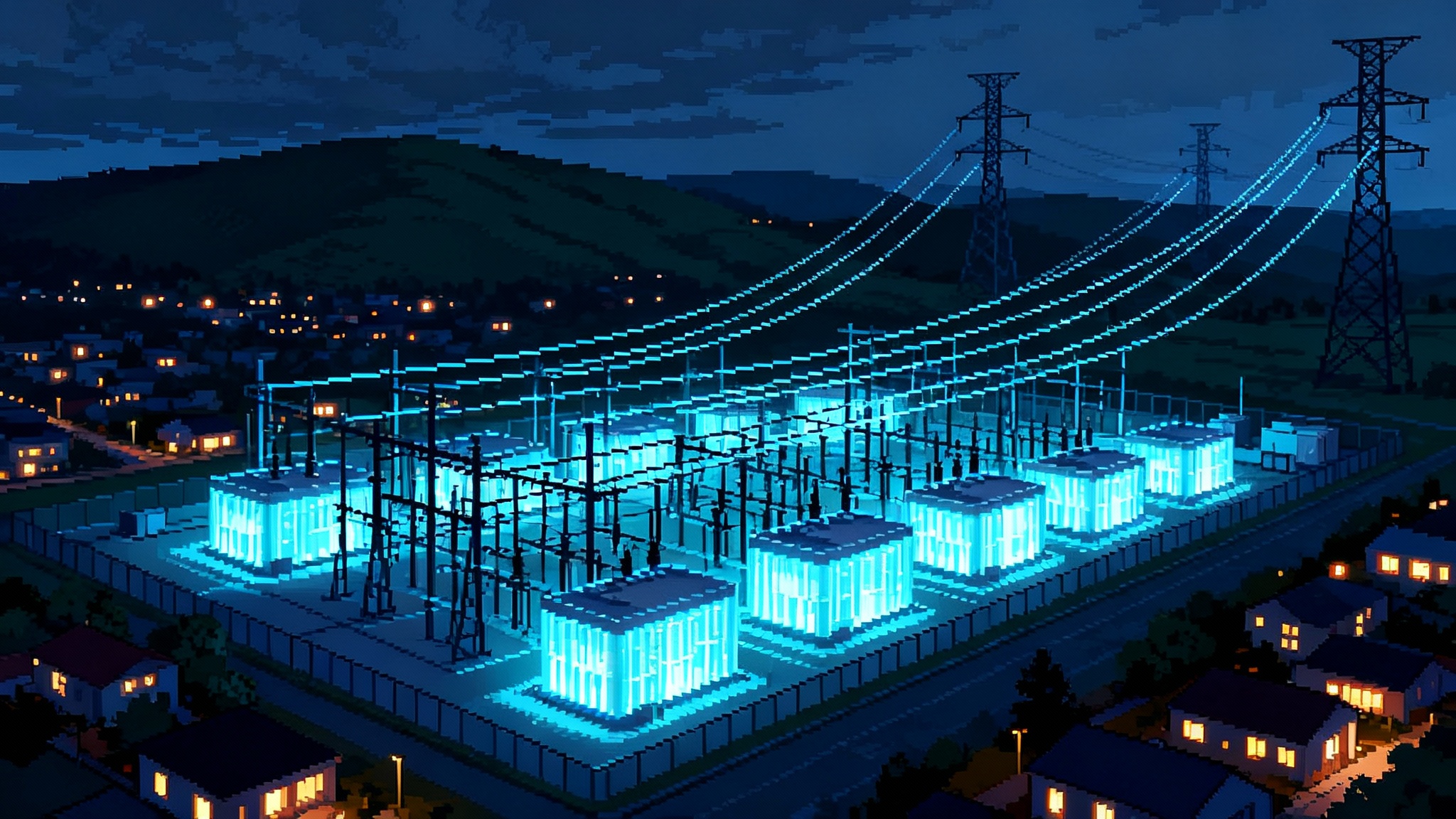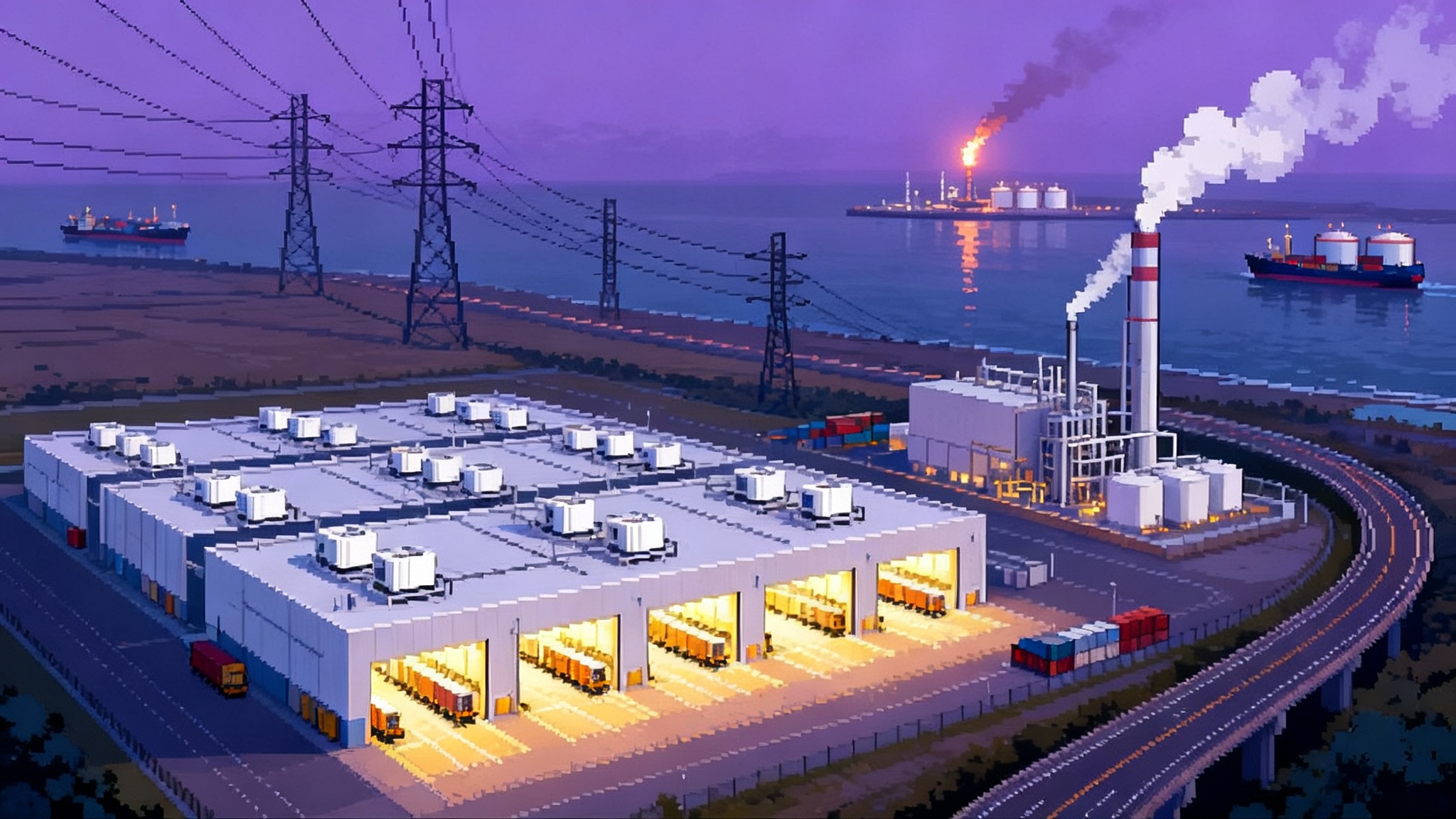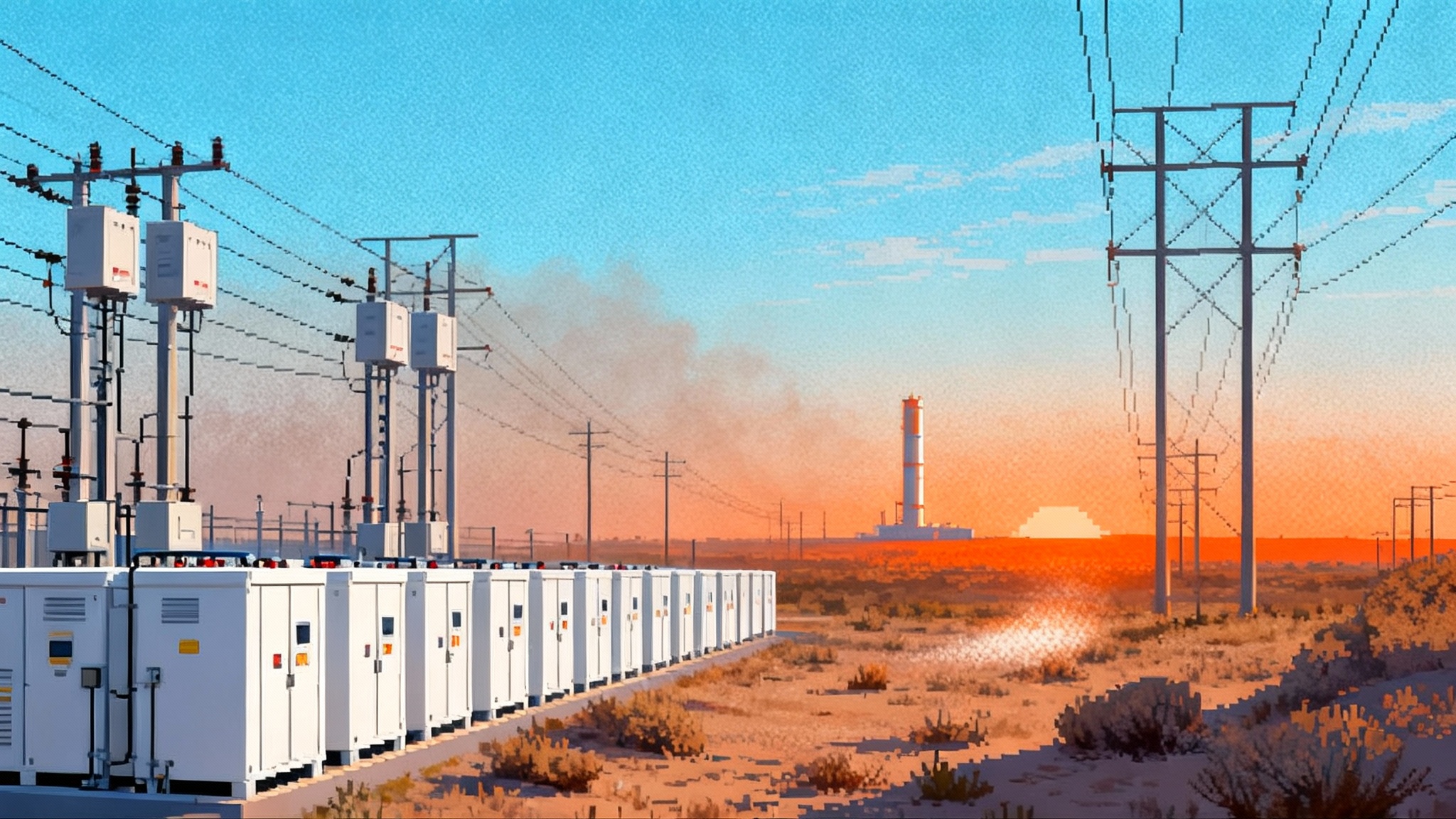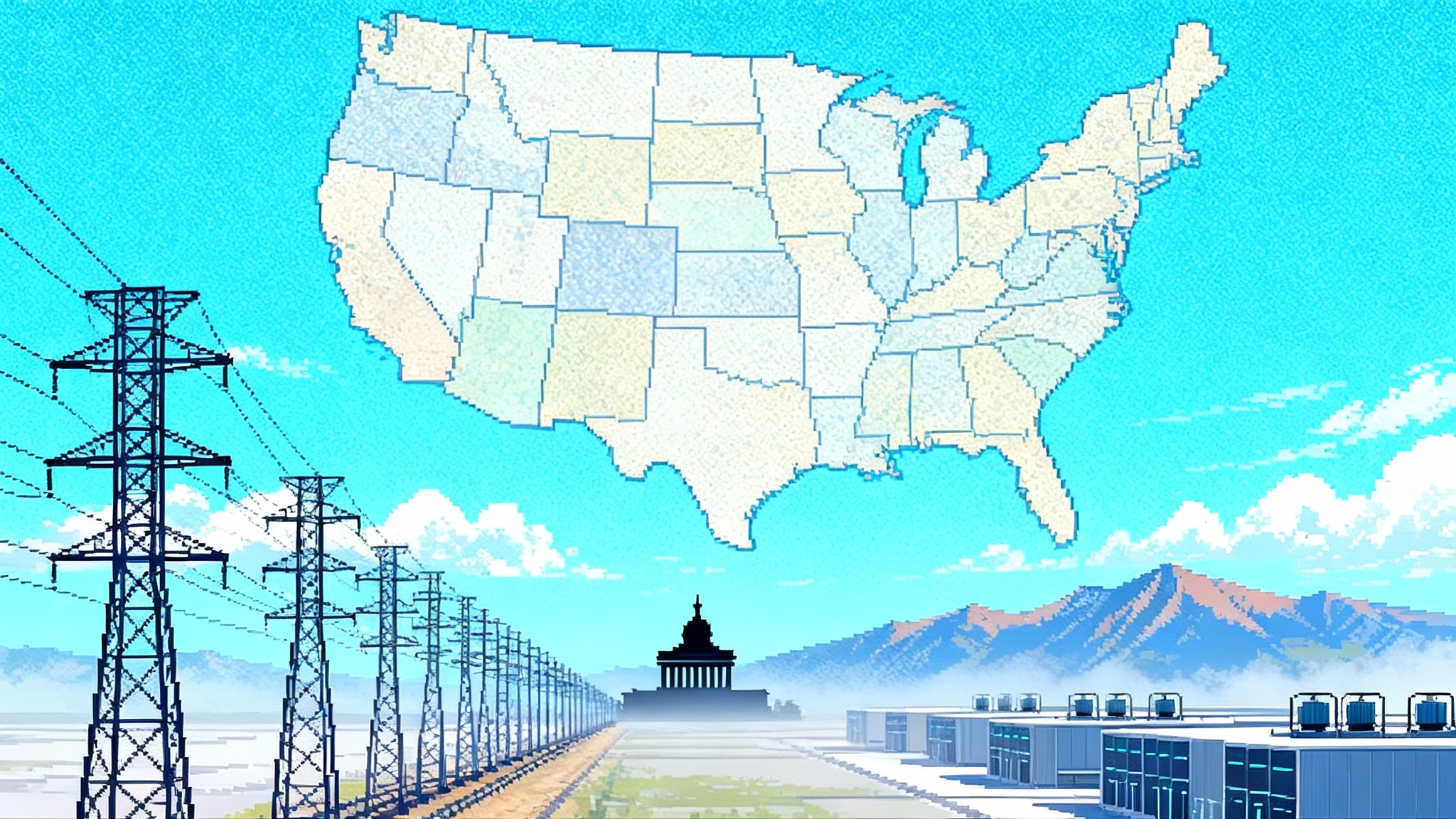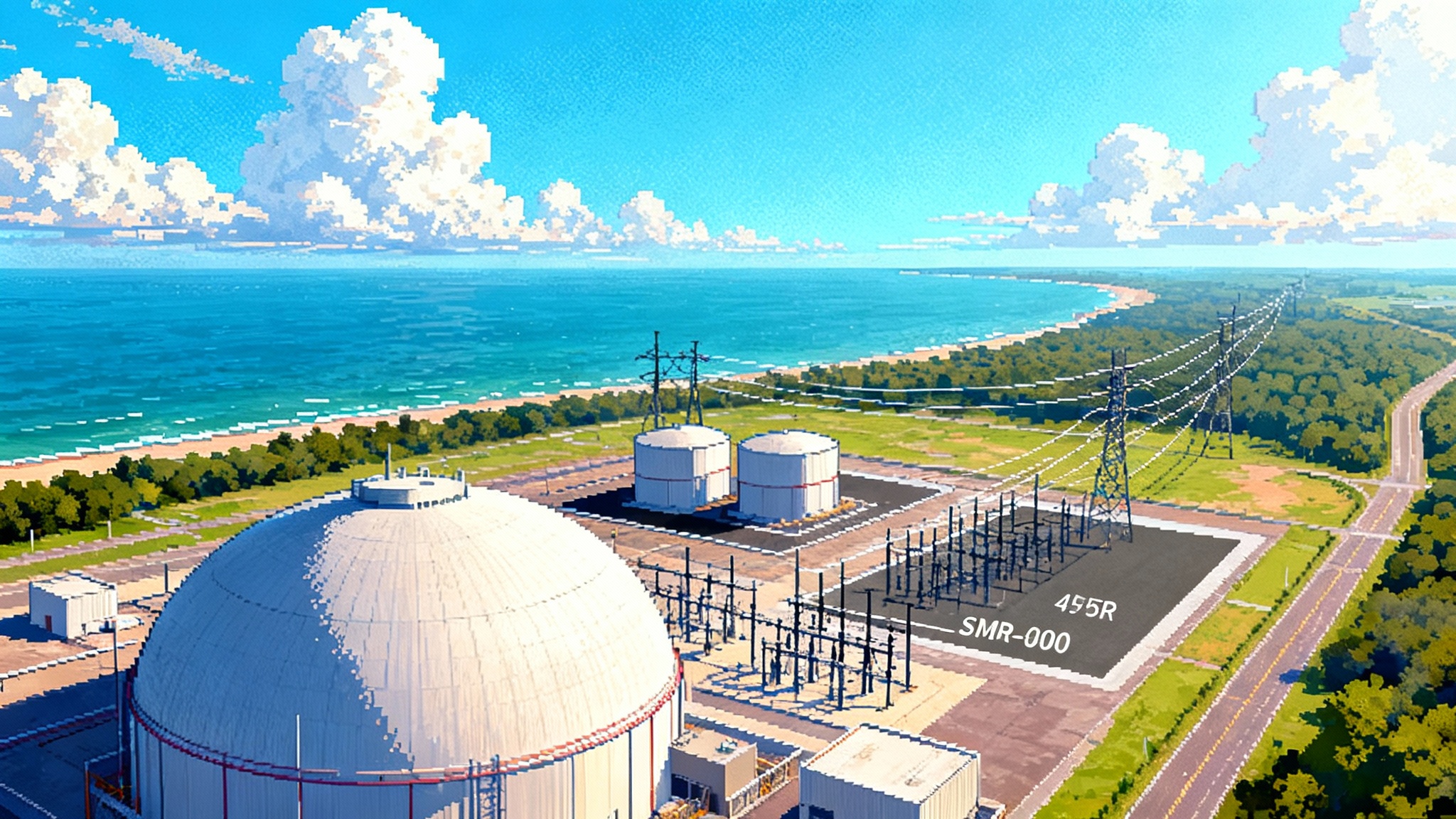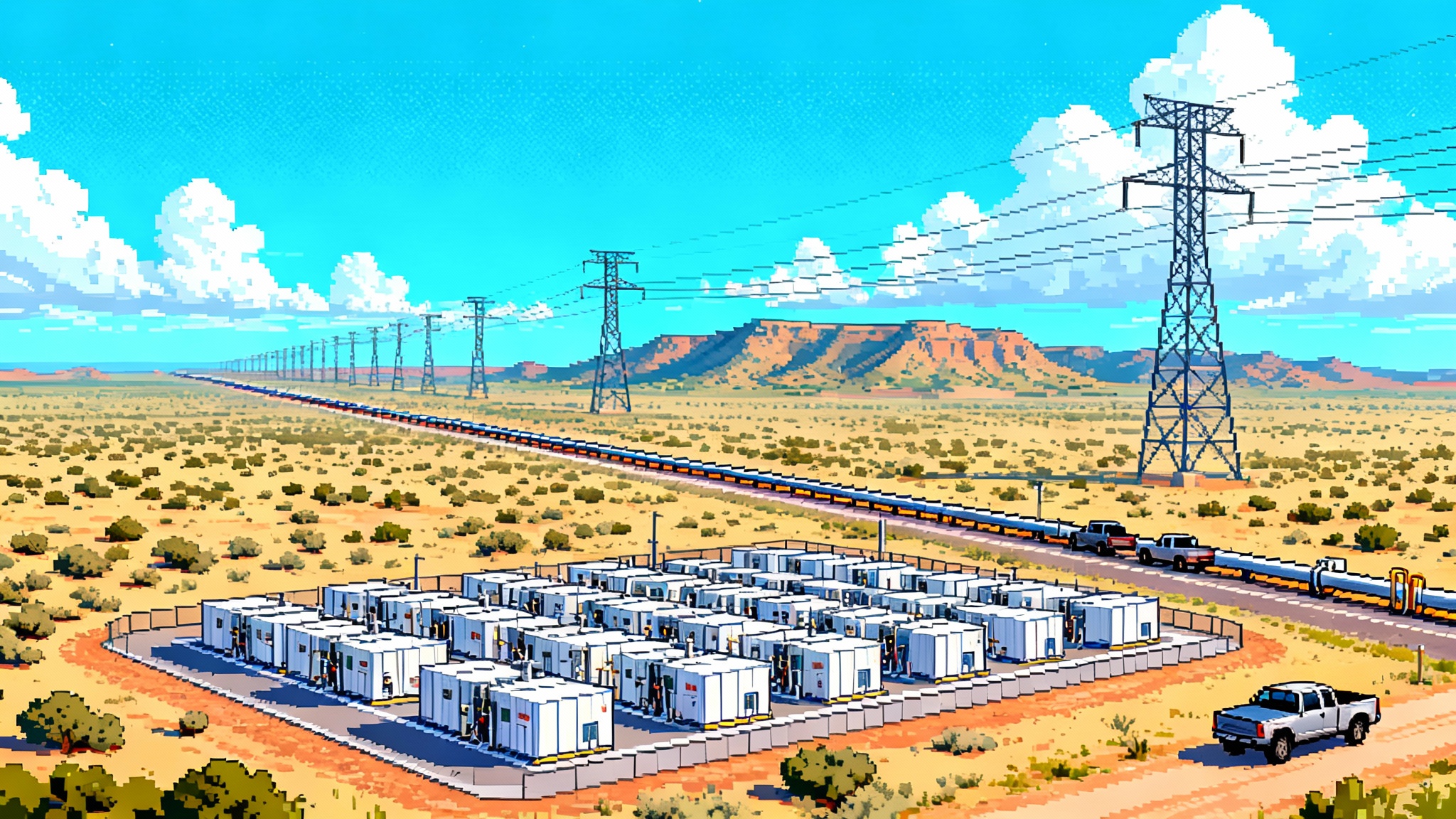Judge revives Revolution Wind: BOEM’s power and New England
A September 22 ruling lets Ørsted’s Revolution Wind restart after a federal halt. Here is how the decision narrows BOEM’s stop-work latitude, shapes the appeal path, and affects Connecticut, Rhode Island, supply chains, and winter reliability.

What happened, and why it matters now
On September 22, 2025, a federal judge granted a preliminary injunction that allows Ørsted’s Revolution Wind to resume offshore construction after a federal stop-work order sidelined the nearly finished project in late August. The court found the government’s rationale too thin and concluded that further delay would cause irreparable harm to the developers and the states counting on the project. The ruling immediately reopens construction windows that were about to close with fall weather and vessel schedules, and it reframes how far federal agencies can go when they try to halt already permitted projects. For the industry, this is a legal marker for how courts expect agencies to act when they invoke emergency powers over long-planned infrastructure, as reported by Reuters on the September 22 ruling.
The heart of the ruling: APA basics and a high bar for stop-work
Preliminary injunctions require four showings: likely success on the merits, irreparable harm without relief, a favorable balance of equities, and consistency with the public interest. The court concluded the developers and states met that standard.
At the center is the Administrative Procedure Act. The judge viewed the stop-work order as arbitrary and capricious because the agency did not provide concrete findings or a clear record to justify halting an already permitted project weeks before key installation deadlines. Agencies have discretion, but they must show their work. That means identifying the legal authority used, explaining the facts that triggered it, and addressing the reliance interests of parties that have invested billions after receiving approvals.
On irreparable harm, the court accepted evidence that idle days burn cash, jeopardize specialized vessel availability, and risk missing weather windows that could push completion deep into 2026. The order also credited public harms of delay for ratepayers and workers in Rhode Island and Connecticut. On balance, keeping the project moving while the case proceeds better serves the public interest than a blanket pause.
What this signals about BOEM authority
BOEM’s core offshore wind authorities sit in the Outer Continental Shelf Lands Act. Those powers include the ability to impose conditions, order suspensions, and coordinate with other federal experts. But OCSLA authority still flows through the APA, and courts will scrutinize whether an agency offers reasoned explanations when it deploys emergency tools. The message is not that BOEM cannot act quickly. It is that sudden reversals require a real administrative record, clear statutory hooks, and honest engagement with prior approvals and the interests built around them.
Context matters. Revolution Wind received its Record of Decision in August 2023 and a final Construction and Operations Plan approval later that fall, after a multi-year environmental review and interagency process. Those approvals are public and detailed about mitigation, spacing, and monitoring. See BOEM’s Revolution Wind overview.
Two practical takeaways for BOEM and sister agencies:
- Build contemporaneous records when raising urgent concerns. Document the new facts, the statutory authority, and why prior mitigation is no longer adequate.
- Acknowledge and weigh reliance interests. Courts react poorly when agencies ignore project finance, state policy commitments, and supply-chain mobilization.
For broader policy context on how federal timelines and cost allocation collide with real-world project schedules, see our explainer on Order 1920 timelines and cost splits.
The likely appeal path and timing risk
Expect the government to consider a fast appeal to the D.C. Circuit and a request for a stay of the injunction. Offshore wind installations depend on tight sequences of weather windows, crew availability, and heavy-lift vessel schedules booked years in advance. A stay issued within days can ripple through months of logistics.
- If the D.C. Circuit denies a stay, the case proceeds on an expedited track while construction continues. The government could try to supplement the record, but the court’s view suggests that justification should have been documented before the stop order.
- If a stay is granted, developers will have to re-sequence work, shift crews to onshore tasks, and hunt for substitute vessel time in 2026, adding cost and raising the odds of contractual disputes.
What it means for BOEM’s pipeline and other projects
The ruling narrows the comfort zone for sweeping stop-work orders that lack a robust record. It indirectly strengthens already permitted projects by signaling that the bar for reversal rises after a long, public review. For projects still in environmental review, adding specific mitigation and monitoring commitments now can protect later, because it gives courts a concrete baseline when evaluating any attempt to halt construction.
It also nudges BOEM and the Department of the Interior toward clearer playbooks for interagency security reviews. If national security concerns exist, agencies will need to specify the risk, the causal link to the project, and why narrower mitigations will not suffice.
Immediate implications for Connecticut and Rhode Island offtake
- Contract performance and milestones. Long-term offtake contracts include milestones and remedies. A prolonged halt would have triggered hard talks about extensions and damages. The injunction avoids that cliff for now and keeps milestone schedules on track.
- Ratepayer impact. Delays raise costs by deferring energy-market savings and renewable credit deliveries. The order shortens that deferral.
- Transmission and grid integration. With construction back on, onshore interconnections and substations tied to Revolution Wind can proceed without a gap between offshore and onshore readiness.
For how these outcomes intersect with regional governance and rising load, see our analysis of states versus PJM as AI demand surges.
Supply chains, ports, and workforce
New England’s offshore wind buildout has created a regional logistics machine. New London State Pier is a staging hub for towers, nacelles, and blades. Crews stack work in narrow weather windows, using feeder barges and heavy-lift vessels on tight rotations. A stop order is not just a legal pause. It disrupts this choreography. The injunction lets that choreography restart before mobilized assets shift to other projects.
Two near-term realities follow:
- Vessel windows are still tight. The industry stacks installation campaigns across multiple projects and basins. A few weeks of certainty can unlock a season of work. If appeals create renewed uncertainty, expect developers to front-load tasks that are less weather and vessel dependent.
- Local jobs remain in place. Ports, fabricators, and union labor benefit from continuity. Gaps are expensive because crews disperse and must be reassembled at higher cost.
Winter 2025-26 reliability
ISO New England plans for winter without assuming perfect offshore wind deliveries, but every dependable megawatt helps. Offshore wind tends to be stronger in winter and adds fuel diversity when gas pipelines are constrained by heating demand. If construction stays on track, initial output from Revolution Wind during the 2025-26 winter would lower energy-market prices at the margin during windy periods and reduce fuel burn at gas-fired units. That eases emissions and improves operating reserves during cold snaps.
The reliability effect will show up in thousands of five-minute intervals where additional low-cost energy reduces net load or displaces higher-cost thermal generation. For related dynamics, see how batteries became new peakers in summer 2025 and how rising gas demand and LNG exports shape winter fuel security.
What to watch next
- Whether the government seeks and wins a stay from the D.C. Circuit.
- How quickly installation vessels and crews remobilize, and whether weather cooperates in October and November.
- Any supplemental administrative record or formal findings from BOEM intended to cure the defects identified by the judge.
- Signals from credit rating agencies and tax equity about perceived political risk in offshore wind schedules.
A practical playbook to hedge stop-work and political risk
Project structuring and contracts
- Draft a stop-work protocol into EPC and marine logistics contracts, including standby day-rates, storage, and remobilization fees with caps and pre-negotiated rates.
- Build explicit vessel and weather buffers. Use quantified contingencies in vessel days and crane days, tied to decision gates that trigger early resequencing.
- Add political risk force majeure that references specific agency actions and defines the documentation required to invoke it. Pair with an obligation to mitigate through partial work.
- Include automatic milestone extensions for government-caused delay. Align liquidated damages and bonus regimes to adjusted dates validated by an independent scheduler.
- Negotiate asymmetric change-in-law clauses with cost pass-throughs or price reopeners up to a cap with structured sharing beyond that cap.
- Create step-in rights for offtakers and senior lenders to reallocate vessel slots, procure substitute services, or fund temporary mitigation that preserves the critical path.
Finance and risk transfer
- Buy political risk insurance that explicitly covers unlawful or arbitrary administrative actions that halt construction, aligned with contract definitions.
- Secure standby equity or contingent liquidity sized to a multi-month interruption, callable upon issuance of a stop order and replenished upon recovery.
- Build tax credit buffers into financing cases, with placed-in-service windows and embedded extensions that avoid covenant stress.
Offtake design and market interface
- Incorporate schedule relief and pricing neutralization for government-caused delay, using agreed market price formulas during extended delays.
- Add collar mechanisms for REC or OREC deliveries that adjust volumes across contract years if first power shifts.
- Use conservative capacity accreditation in forward positions and pair with options on demand response or short-duration storage.
Permitting and stakeholder strategy
- Document mitigation and interagency coordination in real time to create a record that can be presented to a court.
- Pre-arrange an expert panel to respond quickly to new risk claims with sworn statements and technical analyses.
- Secure letters of reliance from states and the ISO that describe public harms from delay.
Execution discipline
- Run red-team drills on 30-day and 90-day halt scenarios during the year before installation.
- Keep a ready reserve of critical spares and pre-commissioning kits at port to enable productive partial work.
- Maintain a communications plan for workers, suppliers, fishermen, and communities to preserve local support during surprises.
The bottom line
The injunction that revived Revolution Wind does not end the legal fight, but it does more than restart a construction site. It clarifies that federal agencies must show their work when they try to stop an approved project, and it gives developers and investors a blueprint for guarding schedules and contracts against political shocks. If construction holds through fall and early winter, Rhode Island and Connecticut will keep their clean energy timelines on track, and New England will enter the 2025-26 winter with one more lever for reliability. The signal to the market is simple: build strong records, design smart contracts, and do not leave schedule protection to hope.
![Why Your UI Shows [object Object] and How to Fix It Fast](https://fvnmlvqcgqaarpyajaoh.supabase.co/storage/v1/object/public/images/1758580185084-c5pj4s.png)
